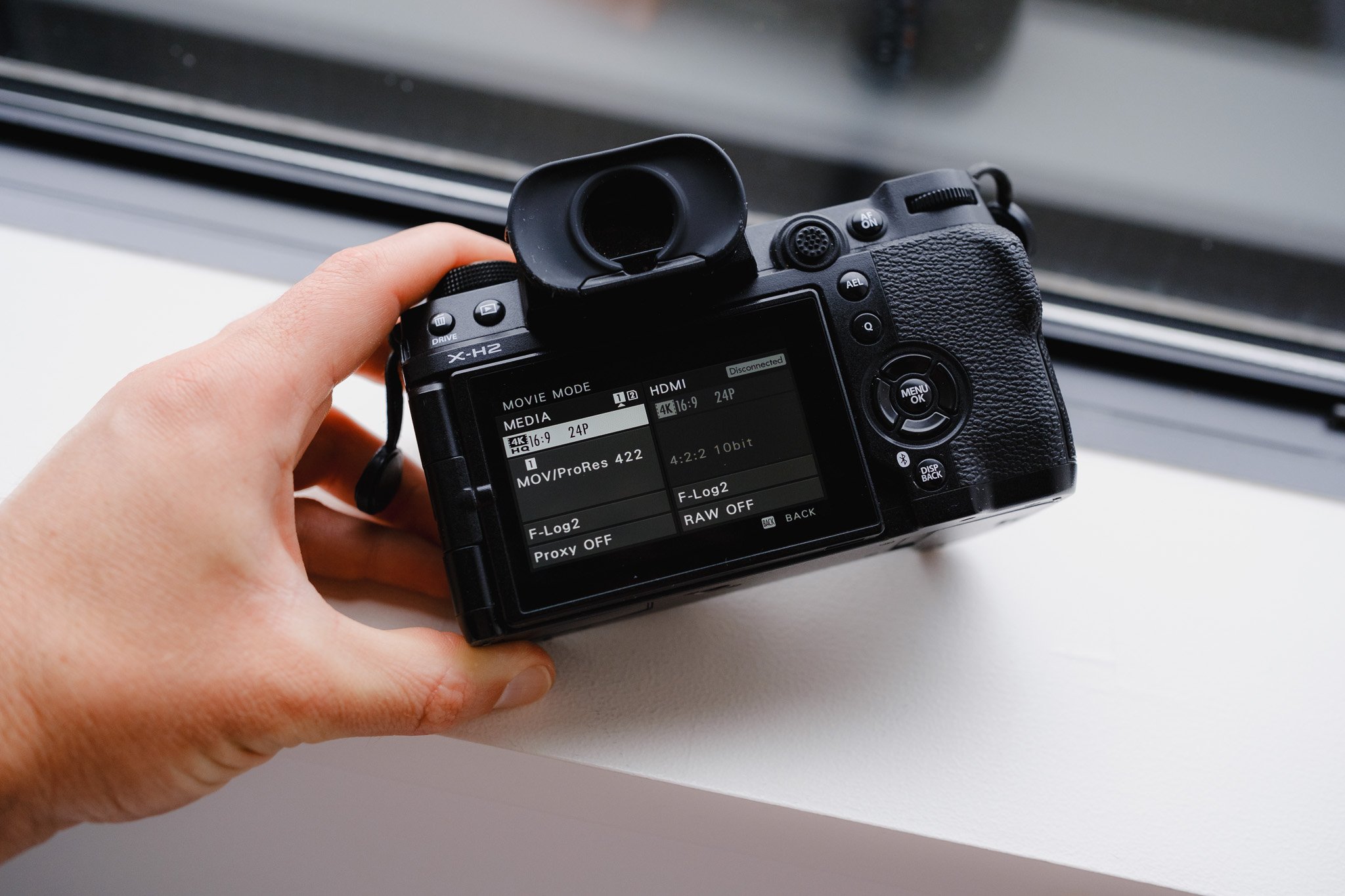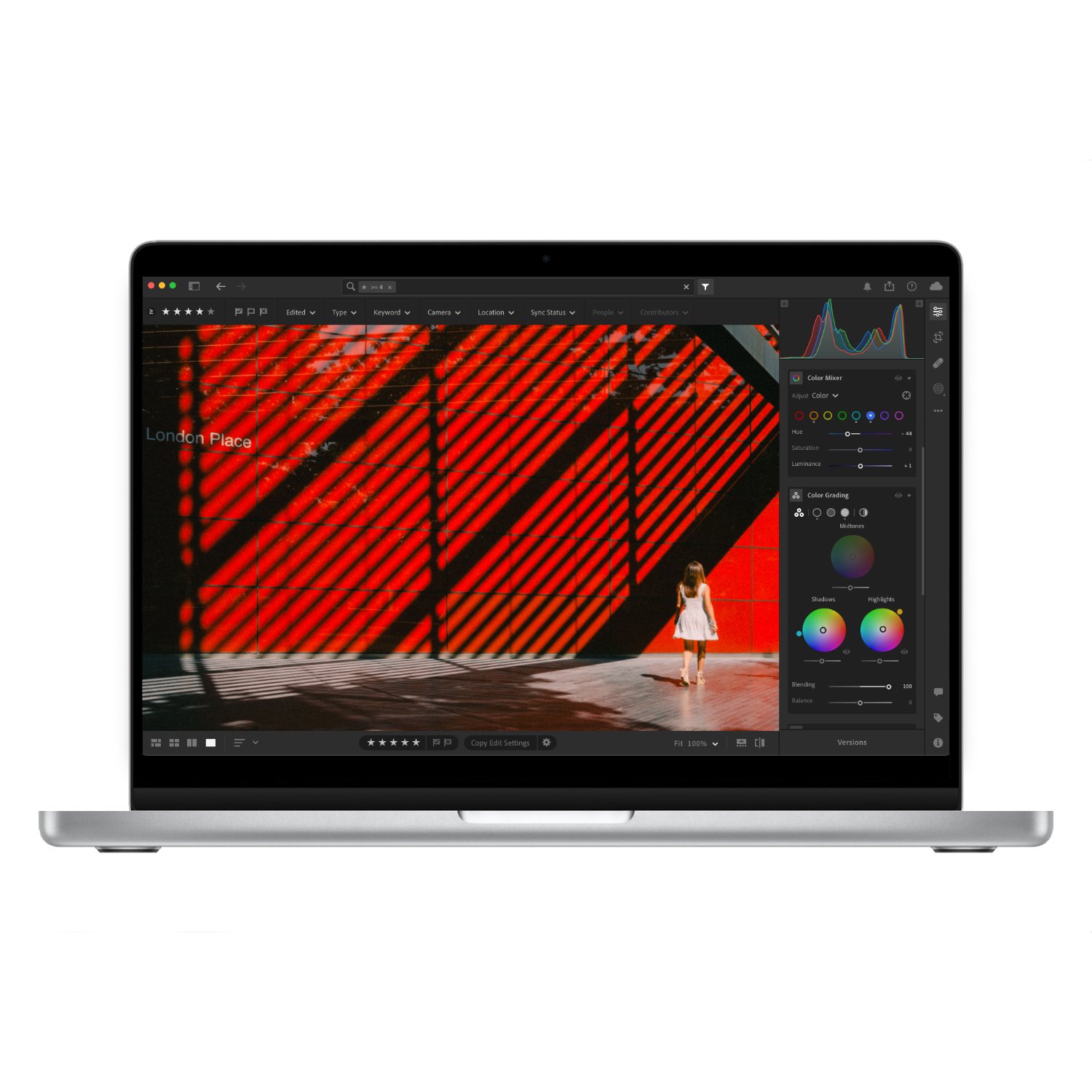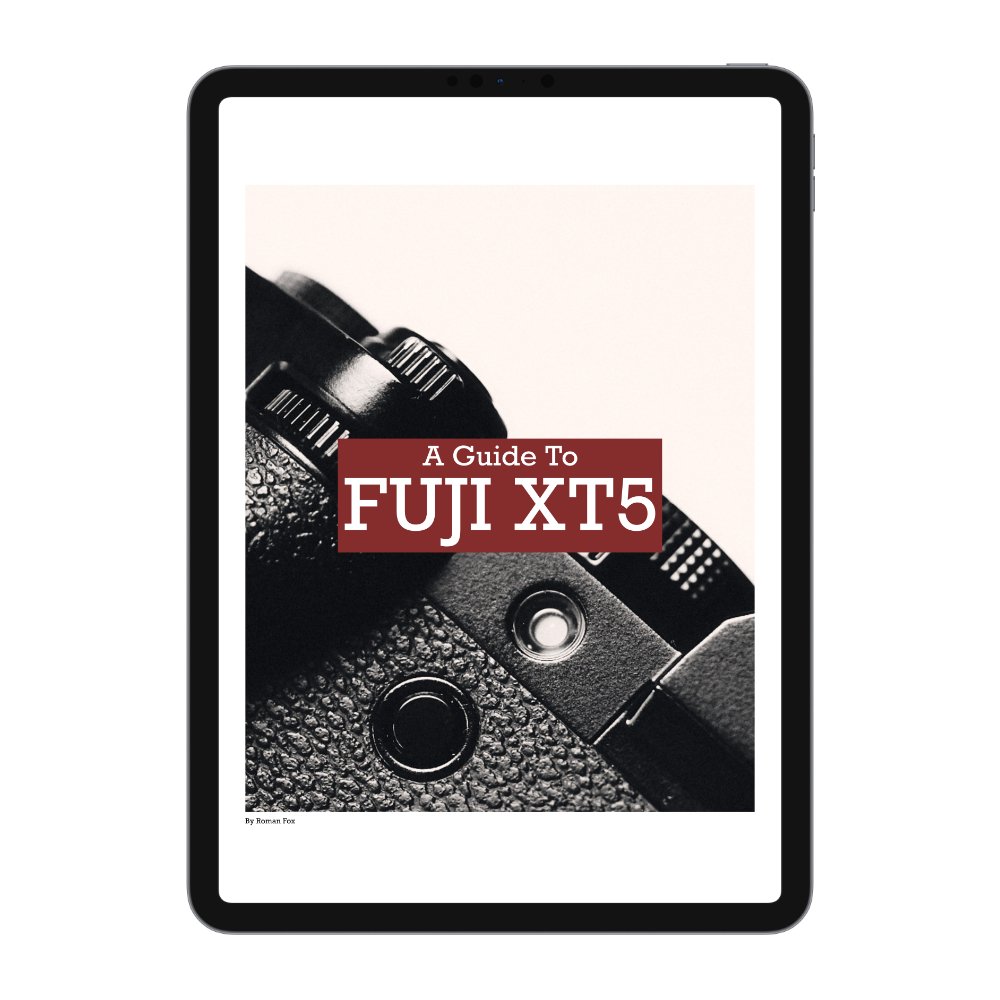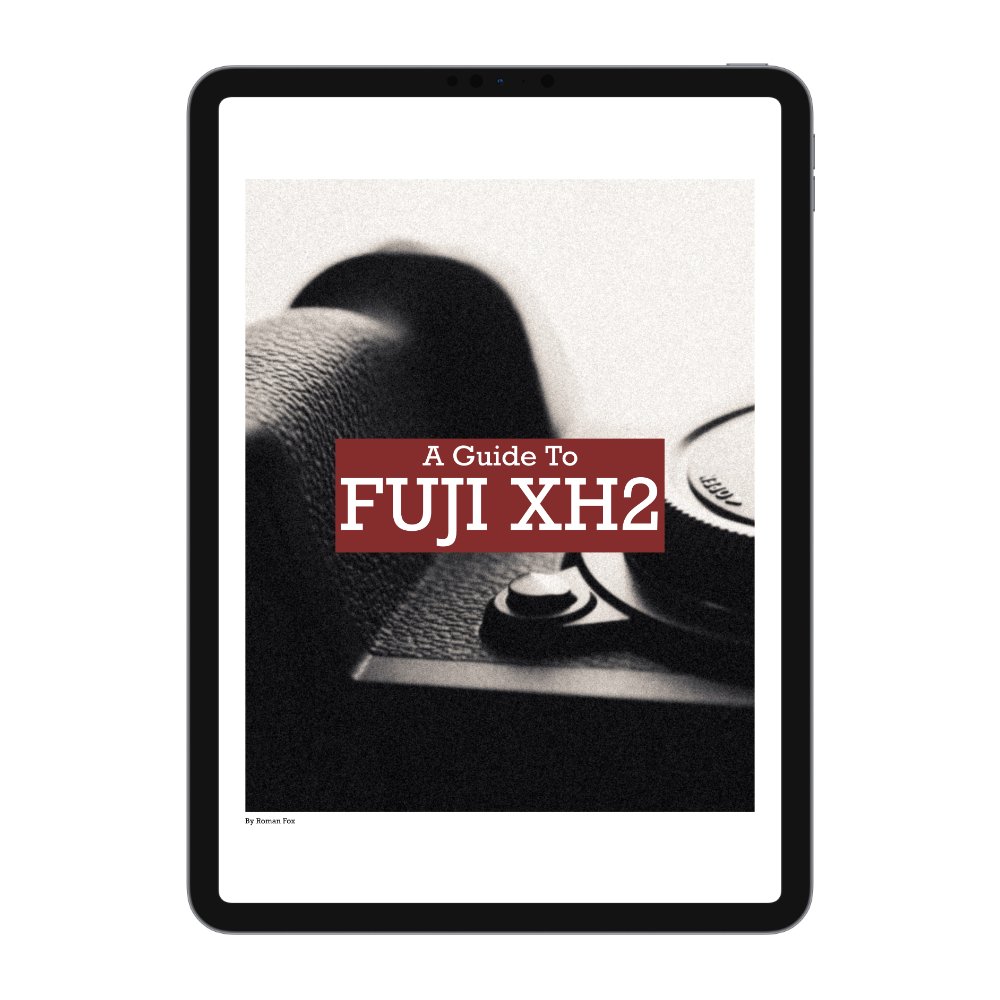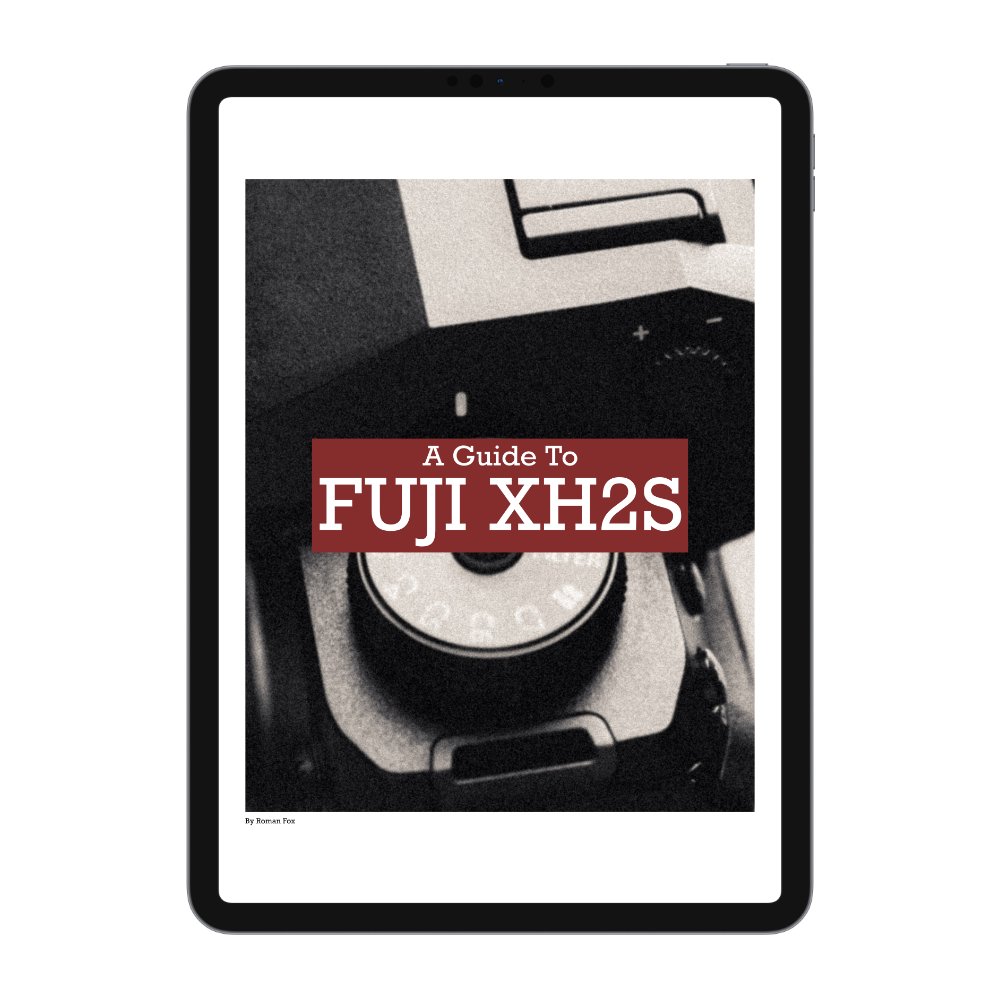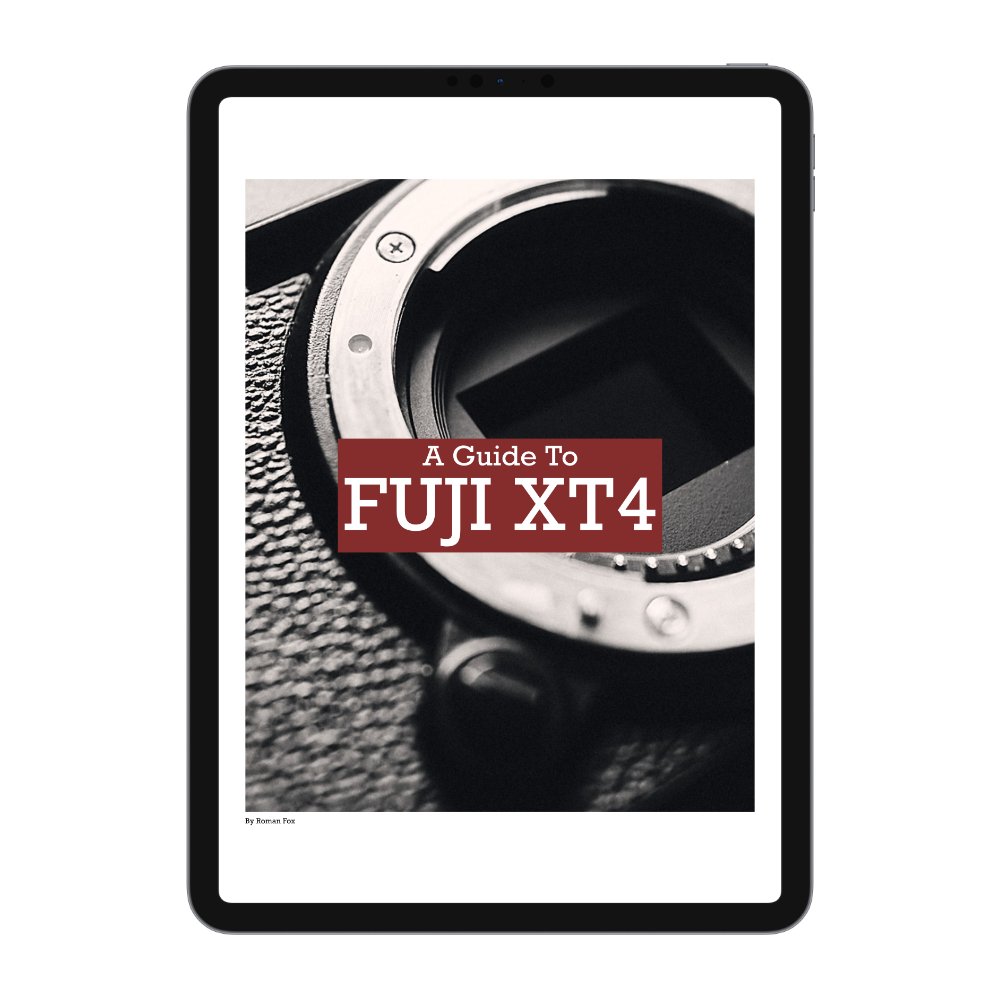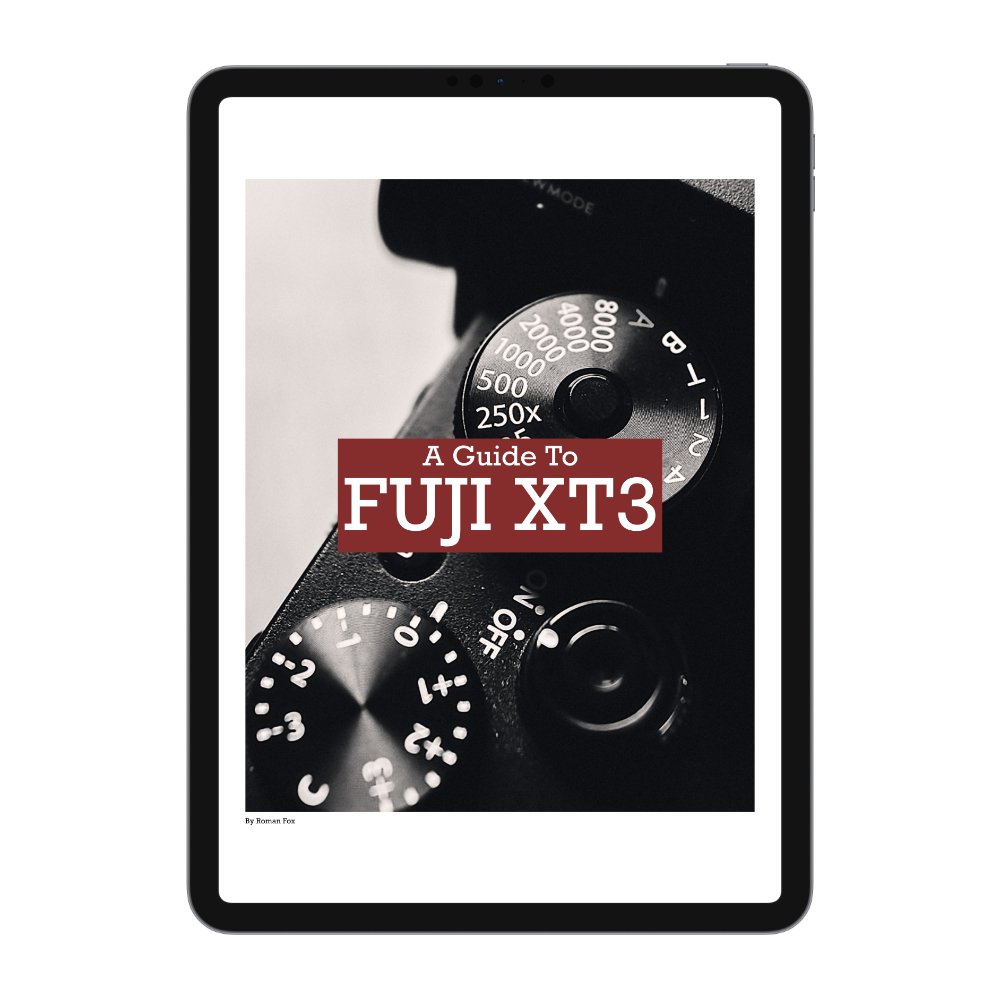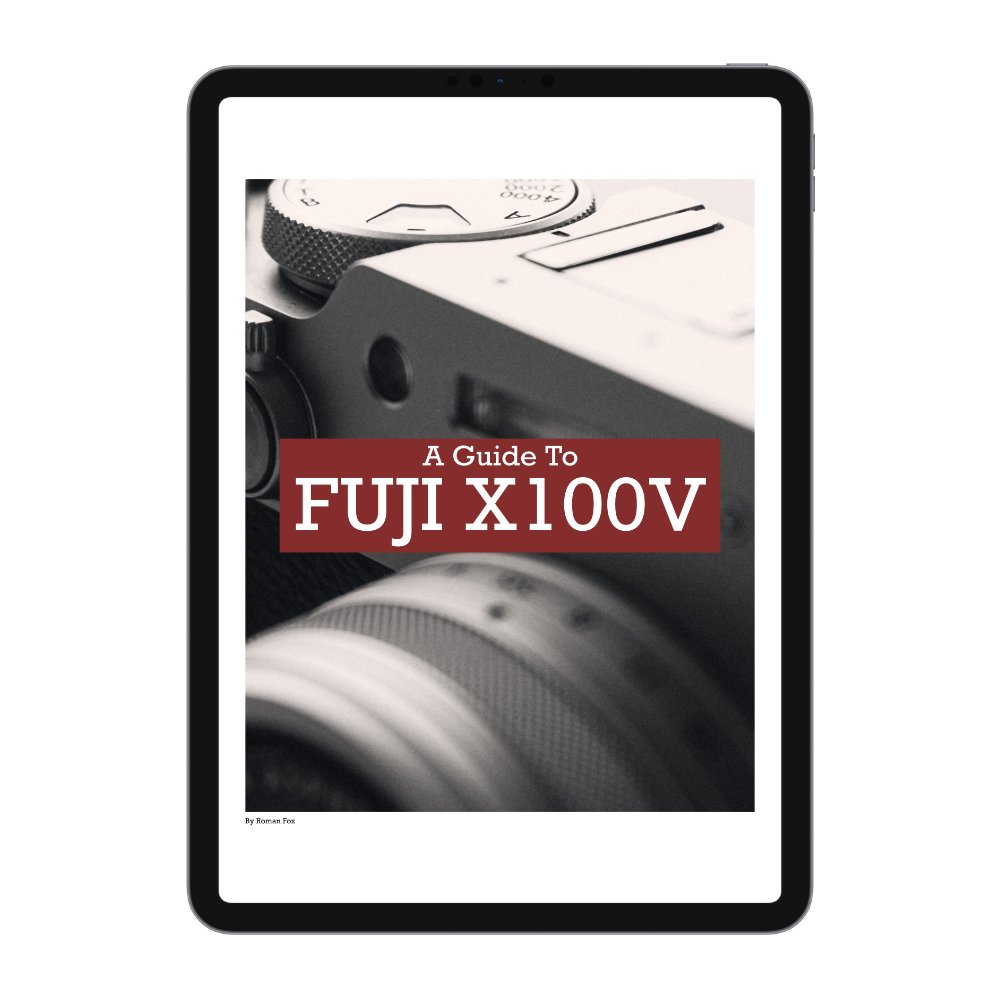Fujifilm XH2 Long Term Review
Initially I wasn’t fussed about the XH2 because I already had the XH2s for my video work and the XT5 for photography. I loved both cameras for their respective roles and never really saw the need for an XH2 in my workflow. This started to change when I found myself gravitating more towards video and finding the XT5 to be less practical as a hybrid camera. I covered this in separate blogs but in short I preferred the XH form factor and user experience for hybrid shooting. I also found myself relying on the XH2s so much that I wanted something similar as a second body when on a big trip or a client project. I managed to get hold of one around a year ago and has since used it as a second body to the XH2s when travelling. I’ve now used it enough to be able to share my honest opinion.
Key Information
This review is based on the latest firmware as of April 2024 which is V4. This camera was purchased with my own money through the same retail outlet as everyone else. I have no direct affiliation with Fujifilm nor do they have any input or awareness of this blog. With that in mind all views are my own. I’ve been shooting on Fuji gear since late 2018 and this review is based on my real life experience. This will not be a deeply technical blog and instead come from a more practical and holistic standpoint. Finally if this blog seems very similar to the XH2s one, it’s because it is. The cameras are identical apart from the sensor.
Build Quality & Reliability
In general this camera has been reliable. I get the odd freeze up about once a month and sometimes there can be a delay when you turn it off, change your mind and quickly turn it back on again. The camera never missed a beat despite being a workhorse and exposed to all conditions imaginable. It has never overheated nor shut down due to moisture.
Moving onto the body, the buttons still feel solid, the screen articulation is still tight and the overall feel is good. The paint has worn away in some places while in others the matte finish is now glossy. Please keep in mind this camera has seen less use than the XH2s so please read that blog for feedback regarding heavier use.
Ergonomics & Button Layout
The main standout feature is the large grip and a generally larger body. At first I didn’t like it because I have fairly small hands however as time passed I became used to it and now find it more comfortable than the XT especially with bigger lenses or occasions where I need to hold the camera for long periods of time. The grip is very comfortable and having tried other similar bodies like the ones from Canon, Sony & Nikon, I found the XH to be the most comfortable. Having said that, if you use very small lenses such as the f2 primes or pancakes, then it doesn’t feel as well balanced.
Moving onto the button placement and it’s excellent. The joystick is big and easy to reach while all the other key buttons are laid out well. At first I thought that the replacement of the physical SCM focus switch with a customisable button would cause an issue however it’s not really a big deal now. The button layout on the top is great and is easy to remember using muscle memory.
Next we have the viewfinder and displays. The viewfinder is large and high resolution. I don’t know the technicalities (nor care about them) but it’s noticeably bigger, brighter and more detailed than my XT5. There is a small drop in refresh rate when shooting a video but I suspect that’s more of a processing bottleneck. The top sub monitor is excellent and has proved to be very useful when shooting hip down or in very bright light. On a harsh sunny day, it can be virtually impossible to see the screen. This is where the sub monitor saves the day as it’s clearly visible in any lighting condition and even backlit for low light. It can be customised in many different ways depending on what you find valuable.
Finally we have the fully articulating screen that splits opinions. Regarding the actual screen itself, it’s fine. I prefer the one on the back of the XT5 and find it a little punchier however the XH2 is more than good enough as long as you don’t rely on it in bright harsh light. As for the articulating part, I think this is a matter of preference and isn’t an objective pro or con. To boil it down, if you spend a lot of time behind the camera, then I think an XT5 style screen is way better. If you film yourself frequently, then this helps without a doubt.
Last but not least we have the top dial consisting of PSAM and 7 custom modes. This is what turns the XH2 into a beast for anyone who needs to work fast and efficient. You can effectively have 7 different camera setups and switch between them in a second. This alone has resulted in me being able to get a photo and a video of the same subject or scene. Or it could mean you taking a wide tracking shot followed by a still life shot that’s exposed for the highlights. It’s worth keeping in mind that not every feature can be customised to each memory bank. For example the button setup, position of the focus point and even size of the focus point can’t be saved to each C setting. This is annoying but not the end of the world.
Setup, Menus & Customisation
The menu system is just like any other Fuji which means it’s easy to navigate and set up. I do wish that some of the video options were made a little more concise given this isn’t a cine body. You have 3 main ways to customise the camera. Physical buttons, Q Menu and My Menu. The first annoying thing is that some features can be assigned to the Q Menu yet not to the My Menu while others can only be assigned to buttons. I’m sure there are logical reasons for this however some of these restrictions simply don’t make sense. With that said I managed to get everything set up like I wanted. Another caveat is that the button set up carries over between photo and video. This is also something that doesn’t really impact me much but for some people it can be frustrating. All other pro level cameras offer a different set of button settings for photo and video. Everything I just mentioned can be fixed in software so I hope Fuji clean it up. With that said, never buy a camera on a promise (or even worse rumours) of future updates.
Photo Image Quality
I would like to start with this observation. A little while ago I was editing some old photos from 2019 that were shot on my XT3 and I couldn’t really tell a huge difference unless I started to push the raw files and examine close up. If your only criteria is image quality and nothing else, then you’re better off saving your money. With that said, the XH2 does have visibly more dynamic range and what feels like a softer more cinematic image. A little while ago I used this camera with an old 1970s lens and the results were as close to film as I could get. The highlight roll off is pleasing, the shadows are clean and overall I have nothing negative to say about the IQ. One thing to keep in mind is that even in the most neutral profile, the files have a look to them compared to a totally flat file one might get from another brand. If you like that look as a starting point, this won’t be a problem. Of course you also get 40 megapixels which is only really useful if you plan to crop or print very large. For 99% of people the extra resolution will help with cropping. Below is a sample of my favourite photos taken with this camera.
Video Image Quality
When it comes to video, I feel this camera has a very niche target audience because it only excels in static shots where there isn’t much movement for two reasons. First up is the ability to shoot in 8K which gives you freedom to reframe in editing and effectively have 2 camera angles while maintaining high resolution. Secondly and more importantly, this camera suffers with pretty noticeable rolling shutter. This is where you can get skewing in fast paced moving elements in the frame. See below an example shot out of a train.
This means that if all you shoot is static or calm scenes without much motion, this camera will work great. However if you plan on shooting action, handheld or anything with motion then prepare to deal with some rolling shutter. Is it that bad and the end of the world? Absolutely not and for most people it’s not even something they will notice, but it’s worth pointing out. As for the footage itself, the image is fantastic, clean and crisp. I always get pleasantly surprised when editing XH2 files and find them to have plenty of room for grading especially in FLOG2. Just like the photos, I feel the video footage (even in FLOG2) has that Fuji look baked in. Below are some screen grabs of footage shot in FLOG2 and colour graded in Final Cut Pro.
Photo Autofocus
I want to start by stating that my use case does not push the autofocus to its limits. This camera is designed for sports, wildlife and fast moving subjects however I shoot nothing of the sort. The most demanding scenario I can think of is either tracking a person walking down the street or a vehicle moving past. With that said every time I used the tracking features such as face, animal or subject detect, the camera worked perfectly with the vast majority (95%) of the shots having intended focus. Keep in mind I have nothing to compare it to in terms of pro level cameras such as Sony or Canon and I’m sure those are in a different league. For how I shoot which is a mix of street, travel and nature, this camera is more than capable enough. For the odd chances where I do push the autofocus such as tracking, it has performed as intended.
I generally shoot in AFC which is continuous autofocus and even use that for still subjects. On some older cameras doing so will result in hunting and potentially having a slightly out of focus image. With the XH2, I have never experienced this and it sticks like glue to still subjects even when in continuous AF. Also the AF system is highly customisable and you can fine tune it to your needs. Finally and this should come as no surprise, the AF works best with Linear Motor (LM) lenses. However even on older focus motors, the performance is noticeably better than some of the older cameras.
Video Autofocus
This is a topic that would have had a different opinion only a year ago however since the day I purchased the camera, the video AF has been fine tuned with more features added. My video use case is either filming my travels or filming myself therefore I rely on autofocus most of the time. As it stands today the video AF is fantastic. Face tracking is on point and although you might get a tiny bit of hunting now and then, it’s incredibly rare. I would say around 1 little hunt every hour or so of filming. Focus racking is smooth and I can’t remember last time a shot was ruined due to misbehaving AF. I must say I haven’t tried the subject tracking much on this camera because I just leave it in AFC and let the camera track anything that’s moving. Finally the latest V4 update added a touch to track feature that allows you to select a point in the scene for the camera to focus on and track as it’s moving around. As it stands this feature is good but it’s not as sticky as the other tracking options. I’m sure this will get fixed with firmware in the future. Finally and this should come as no surprise, the AF works best with Linear Motor (LM) lenses. However even on older focus motors, the performance is noticeably better than some of the older cameras.
Other Features
Let’s start with IBIS and it’s greatly improved over the XT4 and the XH1. On those cameras the IBIS was jerky and somewhat disappointing. On the XH2 it feels more refined and although there is still some jerkiness in video, it feels more handheld and less artificial. On the photo front, the IBIS is great. In general the camera feels very snappy and quick. Whether it’s switching on, changing between photo and video or navigating the interface. Compared to the XT5, the XH2 is noticeably quicker. This could be in part due to better processing but also because of the CF Express card. Having the CF card also allows for better video codecs such as ProRes and virtually no buffering time when shooting a burst of stills. On the other hand the CF adds cost and complexity in terms of getting data off the card.
Who Is It For
There are a few key target audiences for this camera in my opinion. The first are people who are moving from DSLRs or other bigger bodies into the Fuji system and find the other cameras too small. Also it could be people with large hands who need a larger body. Another potential target market is wedding and even photographers where you need the performance of the CF express card but also want high resolution for cropping. As for video, this is suited to those who mainly shoot slower moving scenes without any action. Equally this will be great for anyone who wants to use one camera but crop into multiple frames using the 8K resolution. This isn’t a cheap camera however it isn’t much more than the XT5 that offers substantially less performance and features. However keep in mind that in order to get the most out of the XH2 and use all available features, you need a CF Express card. You can add another £400 or so for a big card (ProRes files are huge) and a reader. All in all I am very happy with my purchase and intend on using the XH2 for a long time.
If you’re considering purchasing this item and use the affiliate links below, it will not cost you any extra however I will get a small % kickback which helps keep this blog ad free for you to enjoy.
Purchase here:










